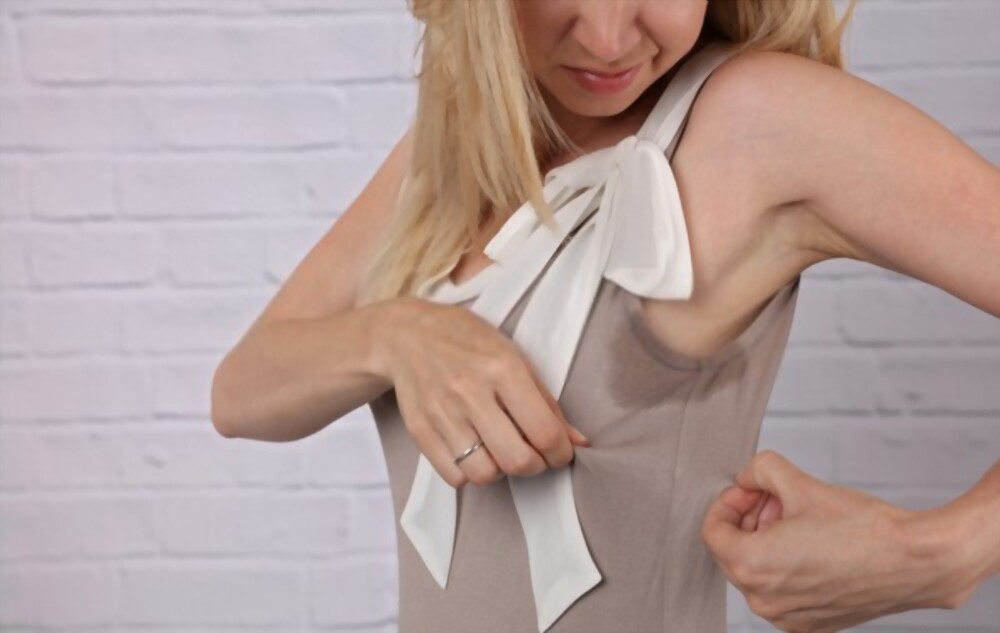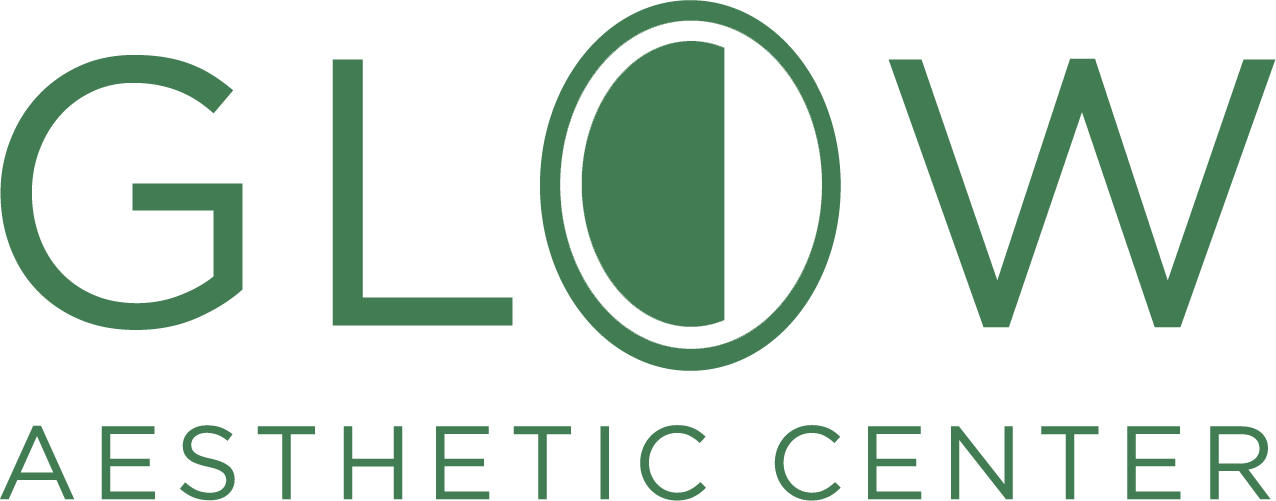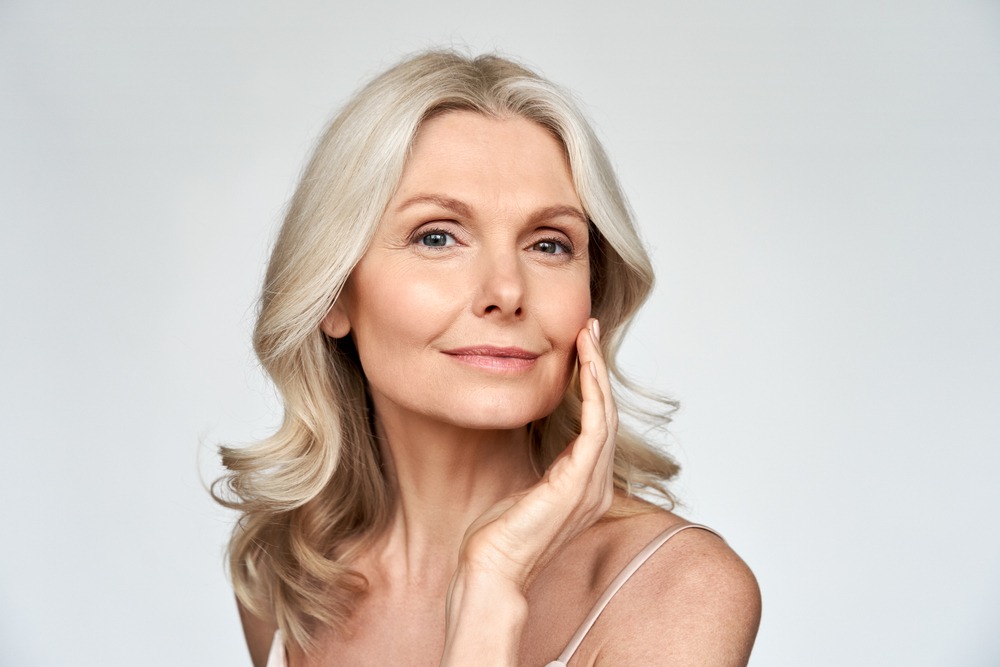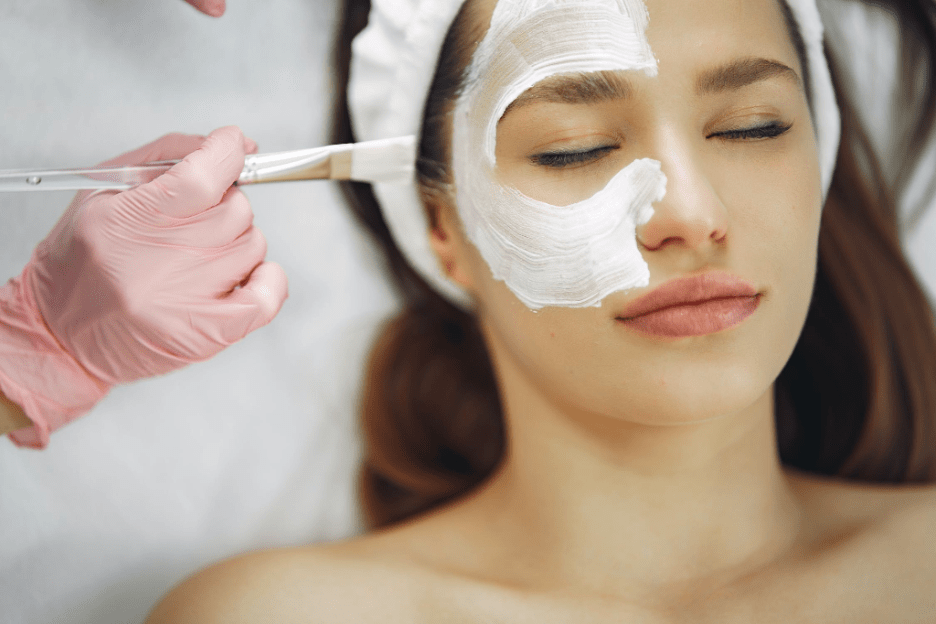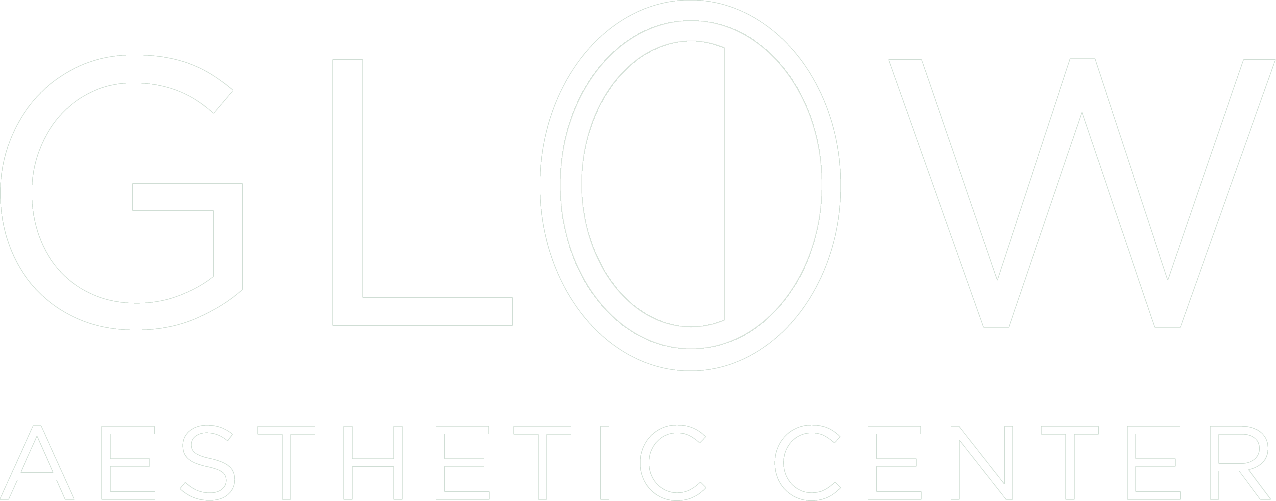Hair plays a large role in how many women see themselves. It’s often tied to confidence, femininity, and identity. So when hair starts thinning, shedding more than usual, or falling out in patches, it can feel alarming and emotional—especially if you don’t understand why it’s happening.
The truth is, hair loss in women is incredibly common. But that doesn’t mean it’s easy to experience. Fortunately, understanding the causes can help you take steps to address it. And thanks to advancements in regenerative treatments like PRP therapy, many women are seeing promising results without the need for surgery.
This blog will walk you through the main reasons women lose hair, what signs to watch for, and how platelet-rich plasma (PRP) treatments at Glow can help promote thicker, healthier hair.
What Counts as Hair Loss?
It’s normal to shed 50 to 100 hairs per day. This is part of the hair growth cycle. New strands grow as old ones fall out. But when that balance is disrupted—when more hair is falling out than growing in—it leads to thinning or bald patches.
Hair loss in women doesn’t always follow a single pattern. For some, it shows up as a widening part line. Others notice overall thinning across the crown. In certain cases, hair may come out in clumps when brushing or washing.
Noticing more scalp showing? Seeing shorter, finer hairs that don’t seem to grow past a certain point? These are also signs that your hair growth cycle might be off balance.
Why Women Lose Hair
Hair loss can be caused by a number of factors. Some are temporary and reversible. Others may require long-term treatment to manage. Here are some of the most common causes:
1. Hormonal Changes
Hormones influence the hair growth cycle. Events like pregnancy, childbirth, and menopause can disrupt hormone levels and trigger hair thinning. A drop in estrogen and progesterone—both of which help keep hair growing—can lead to increased shedding.
2. Androgenetic Alopecia
Also known as female pattern hair loss, this condition is genetically influenced and related to the hormone DHT (dihydrotestosterone). DHT causes hair follicles to shrink over time, making them produce finer, shorter hairs until they eventually stop growing hair altogether.
Unlike male pattern baldness, which often starts at the temples or crown, female pattern hair loss usually causes gradual thinning across the top of the head.
3. Stress
Physical or emotional stress can lead to a type of hair loss called telogen effluvium. In this case, a high number of hairs prematurely enter the resting (telogen) phase of the hair cycle and fall out a few weeks later. This is usually temporary, but it can be distressing.
4. Nutrient Deficiencies
Iron, vitamin D, zinc, and B-vitamin deficiencies have all been linked to hair thinning. If your body doesn’t have the nutrients it needs to support healthy follicles, growth slows and shedding increases.
5. Thyroid Issues
An overactive or underactive thyroid can disrupt the hair cycle and contribute to hair loss. This is especially common in women, and the hair loss often affects the entire scalp.
6. Hair Styling Habits
Tight hairstyles, excessive heat styling, and chemical treatments can cause breakage and thinning over time. In some cases, repeated tension on the scalp can lead to a condition called traction alopecia, where hair is lost due to pulling.
7. Medical Conditions and Medications
Autoimmune diseases like alopecia areata, as well as certain medications like chemotherapy or blood thinners, can cause hair loss as a side effect.
How PRP Hair Restoration Can Help
If you’re seeing signs of thinning and want to take action without surgery or medication, PRP (platelet-rich plasma) therapy may be a good option to consider.
PRP therapy uses your body’s own healing cells to stimulate inactive hair follicles. At Glow, this non-invasive procedure is designed to improve hair density and thickness using a natural approach—no scalpels, no long recovery, and no artificial chemicals.
How PRP Works
Here’s what makes PRP such a powerful option for hair restoration:
- Your blood is drawn and processed to concentrate the platelets.
- Platelets are rich in growth factors, which help heal tissue and stimulate stem cells.
- The PRP is injected into areas of thinning or inactive hair follicles.
- This triggers the follicles to reawaken and begin producing new hair.
- Over time, the treatment also encourages better blood flow and nutrient delivery to the scalp.
Think of it as a reboot for your hair follicles. By delivering natural growth factors directly to the source, PRP supports regeneration and encourages healthier, stronger strands.
Who Can Benefit from PRP Hair Treatment?
PRP hair therapy can be helpful for many women—but it works best when certain criteria are met.
You’re more likely to see good results if:
- Your hair loss is recent (within the last few years)
- You still have some active follicles (thinning, not total baldness)
- You have androgenetic alopecia (female pattern hair loss)
- You’re in generally good health
- You want a non-surgical treatment with minimal downtime
If your hair loss is due to a treatable medical condition, your provider may suggest addressing that first. PRP can also be used alongside other therapies, like topical treatments or medications, to enhance results.
What To Expect During PRP Hair Treatment at Glow
The entire process typically takes about an hour. Here’s how it works at Glow:
- Consultation: Your practitioner will assess your scalp, review your health history, and discuss your goals.
- Blood Draw: A small sample of your blood is collected.
- Centrifuge Process: Your blood is spun in a centrifuge to isolate the platelet-rich plasma.
- Preparation: A numbing cream may be applied to your scalp for comfort.
- Injection: The PRP is injected into areas of thinning using a fine needle.
- Aftercare: You’ll be given instructions for post-treatment care.
You can drive home afterward and return to normal activities the same day. There’s no need for sedation or recovery time.
How Many Sessions Are Needed?
Most clients begin with a series of treatments spaced about a month apart—usually three to four sessions initially. From there, maintenance sessions may be scheduled every few months to support continued growth.
Everyone responds a little differently, but many women start to see visible improvement after the second or third treatment. Full results can take a few months, as hair grows slowly and follicles need time to reactivate.
Why Choose Glow for PRP Hair Restoration
Glow offers a patient-focused approach to PRP hair therapy. Our team of board-certified practitioners uses advanced techniques and medical-grade equipment to deliver safe, precise treatments.
What makes the experience different at Glow:
- Consultations are thoughtful and informative.
- Treatments are tailored to your unique scalp condition.
- We use high-concentration PRP for more effective results.
- Aftercare support is built into every step.
We understand how emotional hair loss can be. That’s why we provide both medical guidance and aesthetic care in a calm, supportive environment.
Supporting Hair Health Beyond the Treatment
While PRP therapy can reawaken follicles and improve growth, your overall lifestyle still plays a big role in hair health. Here are some ways to support your results:
- Eat a balanced diet rich in protein, iron, and vitamins
- Stay hydrated and manage stress
- Avoid excessive heat styling and tight hairstyles
- Get regular scalp massages to increase blood flow
- Follow your practitioner’s aftercare and maintenance advice
By combining in-office treatments with healthy habits, you’ll give your hair the best chance to thrive.
Frequently Asked Questions
What causes hair loss in women?
Hair loss in women can be caused by hormones, stress, genetics, nutritional deficiencies, thyroid disorders, or styling habits. Female pattern hair loss is one of the most common causes.
Is PRP therapy effective for women’s hair loss?
Yes. PRP has shown strong potential in stimulating new hair growth, especially for women experiencing androgenetic alopecia or recent thinning.
Does PRP hair treatment hurt?
Most people experience only mild discomfort. A numbing agent is typically applied before the injections to reduce sensitivity.
How many PRP sessions will I need?
A typical course starts with three to four treatments spaced one month apart, followed by maintenance sessions as needed.
When will I see results from PRP hair restoration?
Some clients notice a change after two treatments, but visible results usually take three to six months as new hair grows in.
Is there downtime after PRP hair treatment?
No. You can return to normal activities the same day, although it’s best to avoid heavy exercise, sun exposure, and scalp manipulation for the first 24–48 hours.
Can PRP help with hair loss from stress or illness?
It may help, depending on the cause. Your practitioner will determine if PRP is appropriate based on your history and current scalp condition.
Are the results from PRP permanent?
PRP can provide long-lasting improvements, but maintenance treatments are typically needed to keep follicles active.
What are the side effects of PRP hair therapy?
Side effects are usually mild and temporary. They may include redness, tenderness, or slight swelling at the injection sites.
Can PRP be combined with other hair loss treatments?
Yes. PRP works well alongside topical treatments, supplements, or medications. Your practitioner can design a comprehensive plan to suit your needs.
